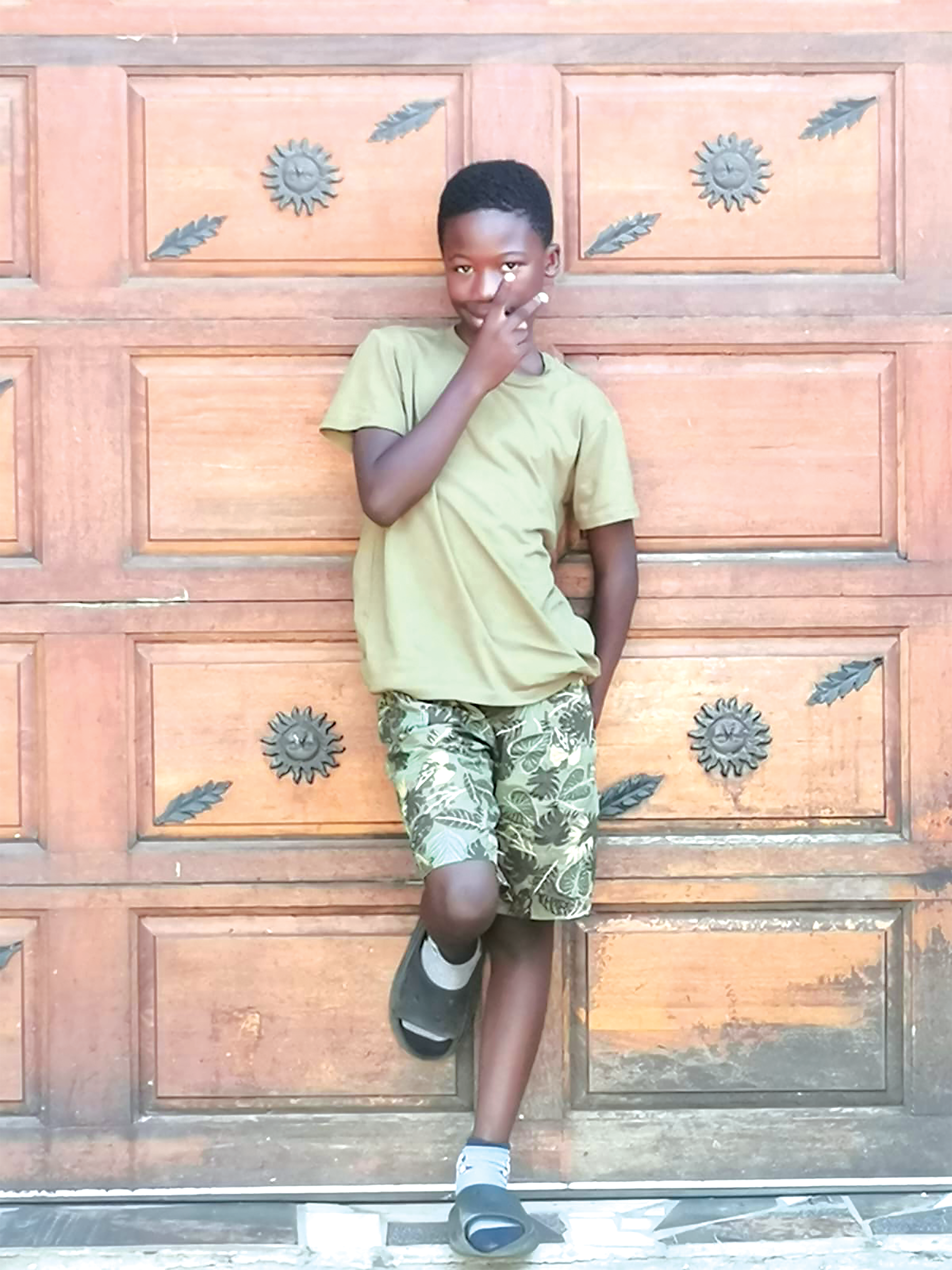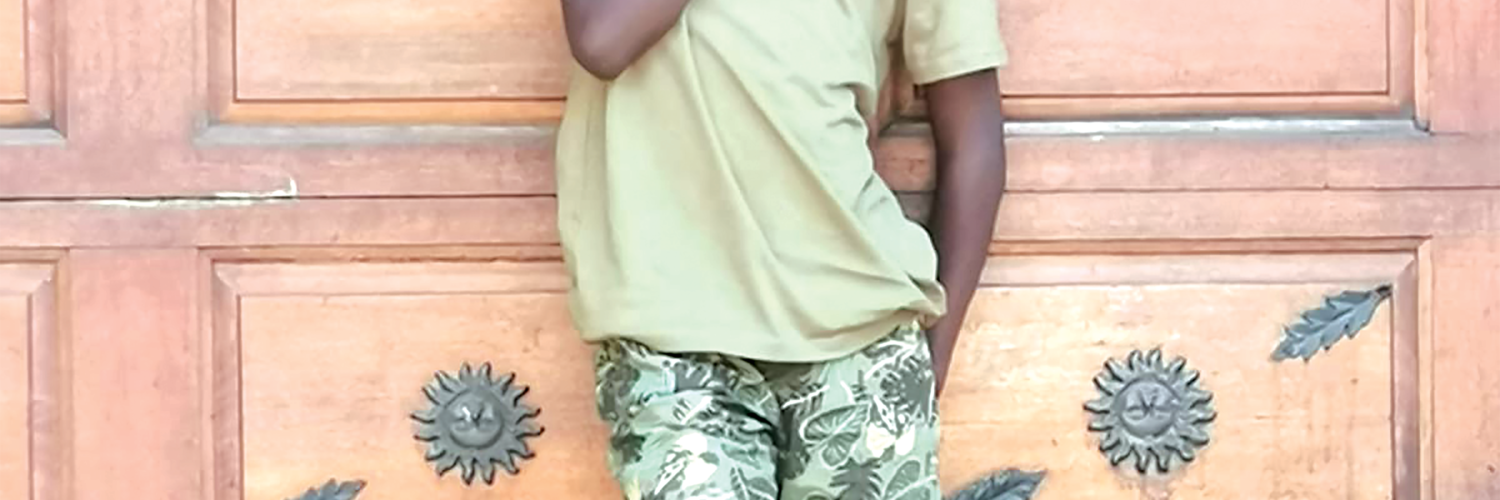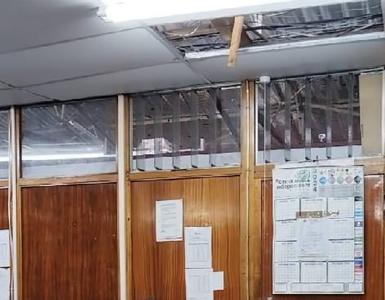CARNAGE: Death and injury toll so far this year rises to 69 as lightning claims lives of two pupils from same neighbourhood – within two weeks…
By Thuli Zungu

KILLS SCHOOLBOY (12)
A 12-year-old schoolboy was struck by lightning in Soweto yesterday – near the spot where another 12-year-old youngster met the same fate from a thunderstorm bolt in the same neighbourhood two weeks ago.
Lwandle Mbatha, a Grade 6 pupil from Jabulani, was struck by lightning metres from his home yesterday afternoon – news that came as a great shock to the Mbatha and Zungu families amid the nationwide euphoria over Human Rights Day (March 21) celebrations.
The unconscious boy was spotted by an Uber driver who, driving by, saw the boy drop to the ground after a lightning strike on a bright day and rushed him to the nearby Bheki Mlangeni Hospital in Jabulani, where he was declared dead.
The tragedy also short-lived family celebrations over Lwandle’s excellent first-term school report from his Emathafeni Primary School which they received two days earlier, showing he had achieved a whopping seven distinctions on all his subjects.
The incident has left Lwandle’s family in deep mourning as they were still coming to terms with the death of a neighbour’s son, Ayanda Martins, who was struck by lightning only two weeks ago – nearly 200 metres from the scene of yesterday’s tragedy.
Ayanda Martins was struck by lightning at the Jabulani football grounds, near Pace Pace Commerce and Entrepreneurship Specialisation School, on March 10. His lifeless body was found by a passer-by en route to work on Monday morning.
The boys’ deaths have conjured up four uncanny coincidences about their fate: Lwandle and Ayanda were the same age; played for the same football team; were killed by lightning; and met their fate while returning back to their fathers’ homes – from visiting their mothers in the area.
Lwandle will be buried at Avalon Cemetery on Thursday.
Around 100 people die in lightning strikes in South Africa every year and hundreds more are injured by the phenomenon. Yet the establishment of an awareness campaign could significantly reduce these numbers, scientists say.
According to forensic pathologist Professor Ryan Blumenthal, from the University of Pretoria’s Faculty of Health Sciences, lightning-related deaths make up most of South Africa’s weather-related fatalities. And they’re more likely to occur than you might think.
At any given moment, about 2 000 thunderstorms occur worldwide and produce about 100 lightning strikes each second (eight million strikes each day).
Globally, around 24 000 people die from lightning strikes each year, and around 240 000 people a year survive lightning strikes.
By global comparison, South Africa does not experience particularly high levels of lightning strikes. Equatorial countries experience much higher rates of lightning strikes, according to Dr Hugh Hunt from Wits University’s Lightning Research Laboratory.
For instance, the Democratic Republic of the Congo records more than 60 flashes per square kilometre per year, while Gabon records around 30, according to estimates from lightning detection network
On home soil, the Drakensberg records around 20 lightning strikes per square kilometre per year, while Johannesburg experiences 15 flashes per square kilometre every year.
Hunt said not all areas of South Africa experienced the same levels of lightning strikes. The highest concentration is in the Drakensberg region, followed by the Highveld. This means parts of the Free State, KwaZulu-Natal, Gauteng and Mpumalanga are far more likely to experience lightning than the Western Cape. However, the danger posed by South Africa’s lightning strikes is that they often take place in areas with industrial activity, and where much of the country’s population is centred, according to Hunt.
Lightning strikes have a mortality rate of 10%, which means that for every 10 people struck, nine will survive. However, these people run the risk of life-long health complications, said Professor Roger Dickerson, a specialist in emergency medicine and head of the emergency centre at New Somerset Hospital in Cape Town.
While there is a low chance of a person being struck by lightning, a person has more chance of being struck by lightning twice than winning the lottery,” said Dickerson.Most lightning strike victims die of immediate cardiac arrest, he added.
Those who survive may suffer neurological injuries in which there is a change to their neurocognition – the way they think – and they could suffer a concussion. The damage could bring on seizures, which could last for the rest of their lives.
In addition, their autonomic nervous system could be damaged, which causes the body to lose the ability to regulate blood pressure and heart rate.
Some people experience damage to the peripheral nerves, which can lead to loss of sensation or chronic pain, according to Dickerson.
REPORTED LIGHTNING INCIDENTS
JANUARY 1: Two people struck by lightning in Eshowe, KwaZulu-Natal (KZN);
JANUARY 3: Lightning strike kills two, injures 50 other workers on a farm in Bergville, KZN;
January 10: Three workers die on duty, struck by lightning in Barkly West and Riverton, outside Kimberley, Northern Cape;
JANUARY 22: Lightning claims lives two boys, three others injured during river swim in Limpopo;
FEBRUARY 4: Kills learner as storm wreaks havoc in Dannhauser, KZN;
FEBRUARY 20: Four pedestrians struck by lightning on R55 in Olivenhoutbosch during severe Tuesday storm;
MARCH 10: Twelve-year-old learner Ayanda Martins discovered dead in Jabulani, Soweto, after being struck by lightning; and
MARCH 21: Twelve-year-old schoolboy Lwandle Mbatha, a Grade 6 pupil from Jabulani, Soweto, struck metres from spot at which body of Ayanda Martins, a neighbour, was found.






